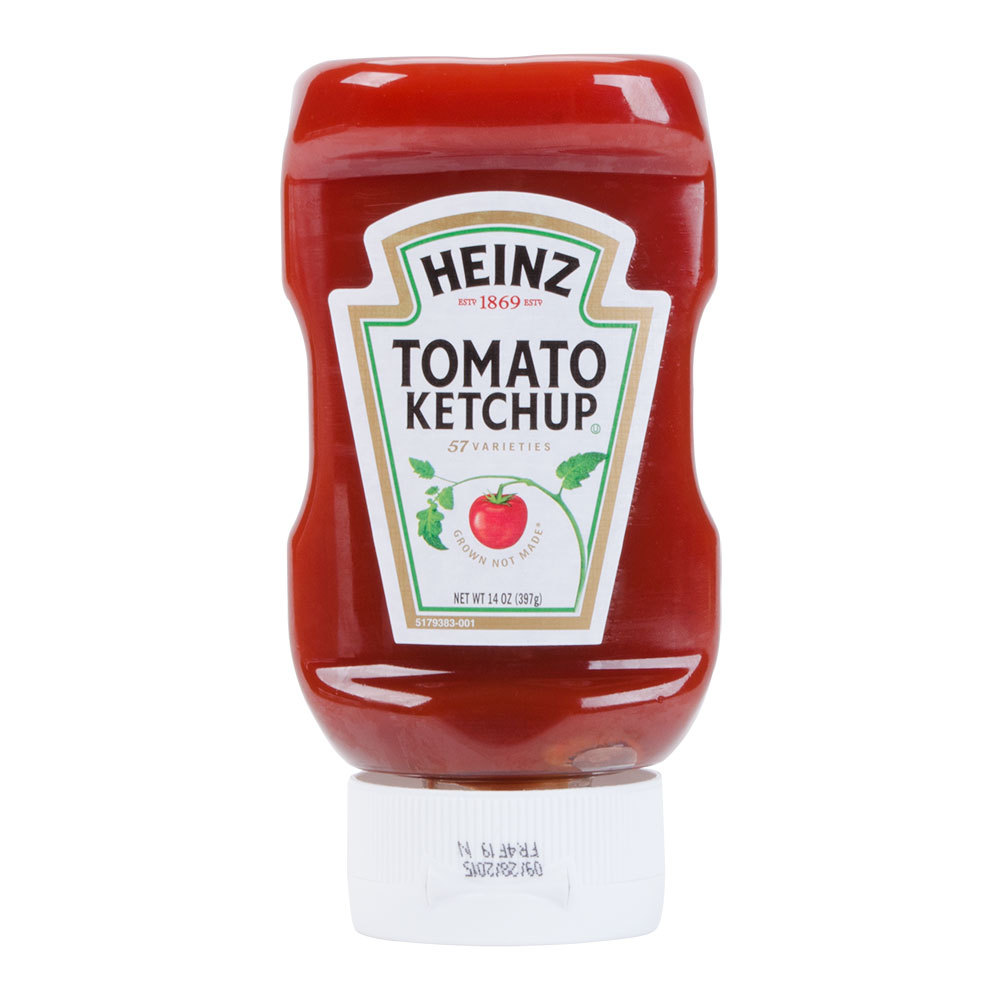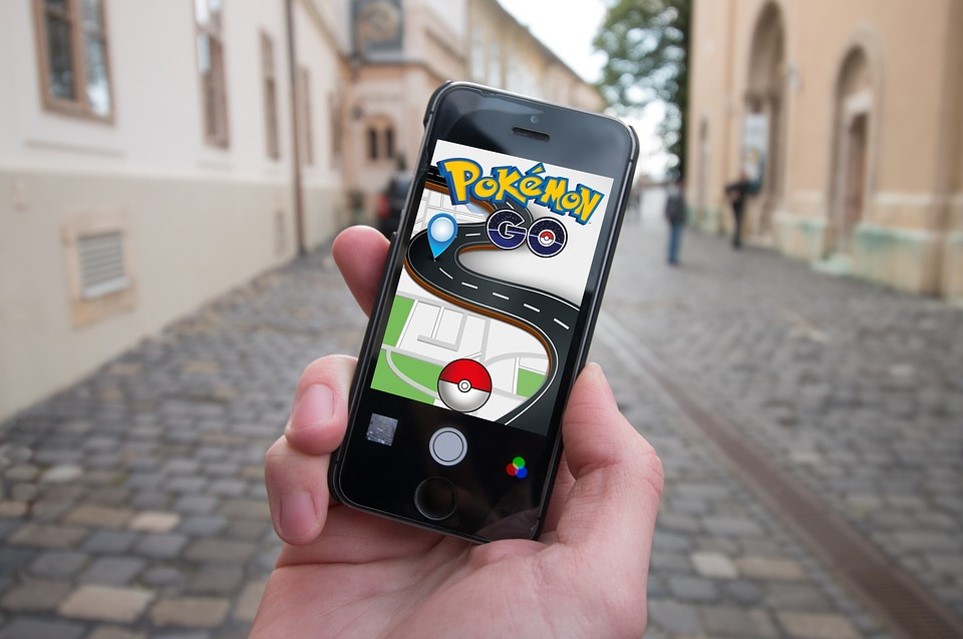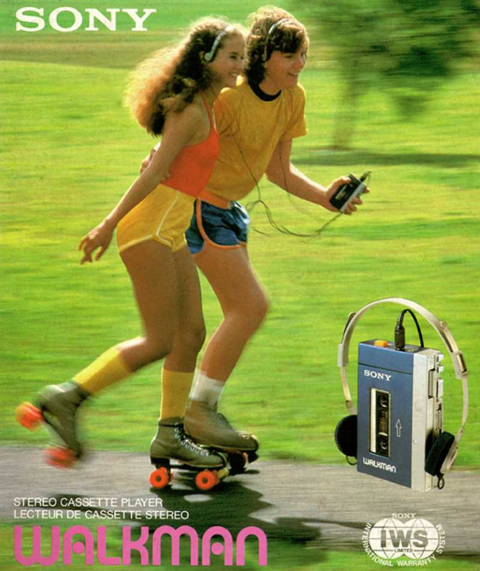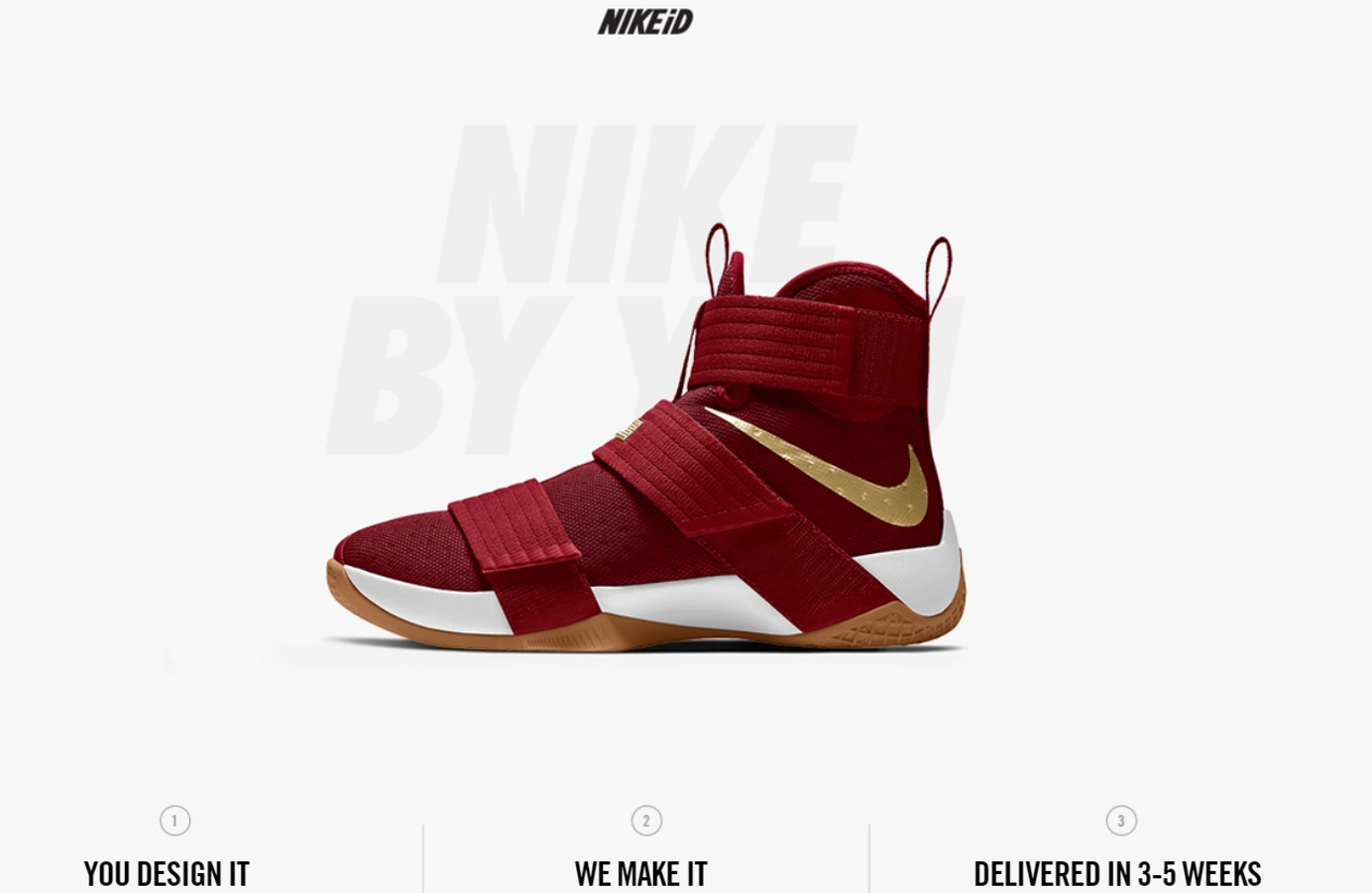-
New Product Development
New Product Development
Innovation
NPD Process
Ideation
Knowledge Immersion
Consumer Immersion
Generating Insights
Generating Ideas
Fulfil Unmet Needs
Make Connections
Challenge Conventional Beliefs
Discover Benefits
Co-creation and Crowdsourcing
Generating Ideas — Business Marketing
Customers as a Source of Ideas
Concept Development
Product Development
Product Launch
- New Product Development
- Product Design
- Product Validation
- Marketing Education
- Is Marketing Education Fluffy and Weak?
- How to Choose the Right Marketing Simulator
- Self-Learners: Experiential Learning to Adapt to the New Age of Marketing
- Negotiation Skills Training for Retailers, Marketers, Trade Marketers and Category Managers
- Simulators becoming essential Training Platforms
- What they SHOULD TEACH at Business Schools
- Experiential Learning through Marketing Simulators
-
MarketingMind
New Product Development
New Product Development
Innovation
NPD Process
Ideation
Knowledge Immersion
Consumer Immersion
Generating Insights
Generating Ideas
Fulfil Unmet Needs
Make Connections
Challenge Conventional Beliefs
Discover Benefits
Co-creation and Crowdsourcing
Generating Ideas — Business Marketing
Customers as a Source of Ideas
Concept Development
Product Development
Product Launch
- New Product Development
- Product Design
- Product Validation
- Marketing Education
- Is Marketing Education Fluffy and Weak?
- How to Choose the Right Marketing Simulator
- Self-Learners: Experiential Learning to Adapt to the New Age of Marketing
- Negotiation Skills Training for Retailers, Marketers, Trade Marketers and Category Managers
- Simulators becoming essential Training Platforms
- What they SHOULD TEACH at Business Schools
- Experiential Learning through Marketing Simulators
New Product Development — Generating Ideas
“If at first the idea is not absurd, then there will be no hope for it.” Albert Einstein.
The next step in the NPD process is to leverage insights in order to generate ideas for new product concepts. A wide variety of approaches may be used to uncover ideas, some of which are described below.
Fulfil Unmet or Poorly Met Needs
An unmet need, or the tension between what is available and what is desirable, opens the door for new product ideas. It is a process of exploration that yields ideas such as the ones listed below:
Exhibit 9.4 Innovative Old Spice campaign – based on insights gleaned from the observation that some men use whatever body wash their woman buys for them.
- The highly successful Old Spice men’s body wash campaign (Exhibit 9.4) of July 2010 (“Anything is possible when your man smells like Old Spice and not a lady”), which targeted women, was based on insights gleaned from the observation that “some men do not buy body wash, they use whatever their woman buys for them”.
- The Indian shampoo market soared in the 1990s after sachets packs were launched into the sub-continent. The availability of the low-cost sachets made it feasible for more consumers to use shampoo, at a time when the majority of the Indian population could not easily afford to buy shampoo bottles. (Observation: Shopkeepers in Indian villages split regular packs of products like detergent powder, into smaller single-use packs that their shoppers could pay for).
- In 1986 P&G launched the first 2-in-1 shampoo, Pert Plus. Since then, a host of 2-in-1 and 3-in-1 products have been launched in categories that range from teas, coffees, and food mixes to thermopads and technology products. (Observation: Observation: People wash their hair twice. First with shampoo, then conditioner).
- Diet Coke was launched in 1982 for those who wanted to drink Coca-Cola, but felt it contained too many calories. (Observation: “I like Coca-Cola. But I am cutting down, because it contains too many calories”).
- Coca-Cola Zero, launched 22 years later, was the Coca-Cola Company’s most successful product after Diet Coke. It initially targeted people who wanted a cola drink that was low in calories and tasted like Coca-Cola. It also targeted men who associated “diet” drinks with women. (Observation: “I am health conscious, but I don’t like diet Coke because it doesn’t taste like real Coca-Cola, and because dieting is associated with women”).

Exhibit 9.5 Heinz launched the squeezable upside-down bottle so that the ketchup can easily flow from the bottle.
- Heinz has a tradition for thick, rich ketchup. Indeed, it is so thick that it does not flow easily, a point used to impress consumers in their classic “Heinz anticipation” advertisements that first appeared in the late 1970s (“Thick, rich Heinz Ketchup — the taste that’s worth the wait”). It was through innovation in packaging that subsequently neutralized this dissatisfier — the first squeezable Heinz bottle was introduced in 1983, and it was in 2001 that the upside-down bottle shown in Exhibit 9.5, made its debut. (Observation: “Heinz ketchup is so thick that it doesn’t flow”).
- In 1978 Sony launched the legendary Walkman shown in Exhibit 9.6, for people who wanted to listen to music on the go. (Observation: “I would love to listen to my music on the go”).
- The need to share information across its computers led to the development of ARPANET (Advanced Research Projects Agency Network) by the U.S. Department of Defence, in 1969. At that time, its broader significance may not have been fully appreciated … it took another 25 years for the advent of the World Wide Web. (Observation: [DoD] Keeping datasets across computers incurs waste of resources and time and may create data inconsistencies.).
- In recent years cloud computing and software as a service are solutions that address the need for greater flexibility and improved efficiencies for businesses as well as individuals. (Observation: Software applications dispersed across individual devices become outdated and incompatible).
Make Connections

Exhibit 9.7 Tesla’s electric vehicle’s skateboard chassis with battery pack stretched across the base.
“All the geniuses here at General Motors kept saying lithium-ion technology is 10 years away, and Toyota agreed with us and boom, along comes Tesla … How come some tiny little California startup, run by guys who know nothing about the car business, can do this, and we can’t?” General Motors’ then Vice Chairman Robert Lutz (2007).
Linking different sources, whether they are observations, consumer needs and emotions, and/or market trends, can create a potent mix that fuels creative ideas. Take for instance the following examples of products that were conceived by connecting distinct market trends and behavioural patterns:
- The demand for electric vehicles (EVs) (Exhibit 9.7) stems from the growing desire for cleaner sources of energy as well as advances in lithium-ion batteries. Tesla’s plan in February 2014 to build their Gigafactory was reminiscent of IBM’s transformation in 1964 from an assembler of computers to becoming a manufacturing concern that produced the world’s largest quantity of integrated circuits. Entirely powered by renewable energy sources, by 2018, Tesla’s Gigafactory produces more lithium-ion batteries in terms of kWh than all other carmakers combined. (Observation: People are concerned about the environment).
- The advent and growth of EVs is likely to lead to a disruption that will affect almost every aspect of the automobile industry and associated sectors (petroleum, battery, auto components, auto materials etc.).
- Google Maps exploited the opportunity mix created by the proliferation of mobile devices combined with the convenience of reading maps in a soft copy format.
- Yoplait Go-GURT (Exhibit 9.8) is another product that connects the trend in health with on-the-go convenience. It is a portable, low-fat yogurt that comes in the form of a squeezable tube. Go-GURT may be held in one hand and eaten without a spoon; ideal for children on-the-go. (Observation: “I want my children to eat healthy. But they like to consume snacks that taste good and can easily be eaten outdoors”).
- UP & GO (Australia) nourishing liquid breakfast in a tetra pack targets those who have little or no time to sit for breakfast. Kellogg’s All-Bran is also available in liquid format in a number of countries. Both these products leverage the needs for health and on-the-go convenience. (Observation: “I often skip meals because I am too busy, or I am late for work”).
- Birds Eye Steamfresh, vegetables packed in a unique steamer pack that meets the need for convenience and health.

Exhibit 9.9 Tamagotchi connected the growing interest in electronic gadgets with the trend in keeping smaller pets.
- Tamagotchi (Exhibit 9.9), the electronic pet from Bandai connects the growing interest in electronic gadgets with the trend in keeping smaller pets.

Exhibit 9.10 Pokémon Go, a virtual treasure hunt, that connects mobile devices and virtual treasure (Pokémons)
- Pokémon Go (Exhibit 9.10), a virtual “treasure hunt” that complements modern lifestyles, connecting mobile devices that have infiltrated our lives with virtual treasure (Pokémons).
Challenge Conventional Beliefs, Reframe Categories
Creativity is often constrained by strongly held convictions or beliefs, or simply by the way we are accustomed to doing things. Once we are prepared to remove these barriers and cross old boundaries, we often discover new possibilities. For instance:
- Infant milks have been in existence from the early 1900s for babies up to the age of 12 months. When birth rates began to decline and manufacturers began to experience the pressures of their shrinking market, they began to question the boundaries they had set. Observing that parents are concerned about the mental and physical development of their children, growing up milk for toddlers aged one to three years was introduced towards the end of the 1980s. The new segment experienced sizzling growth and soon became larger than the traditional infant milk market. Today, growing up milks for toddlers aged above three and children above six are also widely available.
- The discovery of pink diamonds in October 1979 posed a challenge for Rio Tinto. At that time, the notion that diamonds could be intense pink was virtually non-existent. It was through branding and marketing that the company imbued the pink diamonds with an alluring mystique about their origin and colour. Described in advertisements as “the most revered diamond in the world”, the Argyle Pink diamonds soon began to command a high premium.
- When Fabuloso, Colgate Palmolive’s floor cleaner was launched into some Asian markets, the advertisements conveyed the product’s long-lasting fresh scent. The floor cleaner that “smells so good” soon became the market leader in many of these markets.
- Vegemite, an iconic Australian brand (“Real Australians eat Vegemite”) was invented by Dr Cyril P. Callister, a leading Australian food technologist in 1922. For years the brand was constrained by marketing strategies confined to the narrowly defined “yeast-based spreads” category, where it commanded over 90% share. The blinkers were removed with the launch of a new variant blended with Philadelphia Cream Cheese, at a time when Kraft (who then owned Vegemite) was striving to re-invigorate growth. Reframing product categories to spur growth was one of CEO Irene Rosenfeld’s top global endeavours in 2006.
Discover Benefits
Sometimes an invention or an insight may fail to gain traction because it appears to lack major benefits, or because its intended benefits may not be very relevant or credible. The challenge for such initiatives lies in discovering new benefits that resonate better with consumers, possibly in a different context. The following are some examples:
- Back in 1968, Dr Spencer Silver, a scientist at 3M inadvertently created a “low-tack”, reusable, adhesive which did not appear to serve a useful purpose. Later in 1974, Art Fry, another 3M associate came up with the idea of using the adhesive to anchor his bookmark in his hymnbook. The idea was subsequently broadened into the concept that we now know as Post It Notes (Exhibit 9.11).
- In 1992, conducting clinical trial in a small Welsh town called Merthyr Tydfil, researchers from Pfizer realized that their new drug was not very effective for treating angina, its intended purpose. Moreover, it had many side effects in men: back pain, stomach trouble, and long-lasting erections. What seemed like a failure to begin with turned into one of the firm’s most successful drugs. Shifting focus to the side effect, Pfizer eventually developed Viagra (Exhibit 9.12).
Co-creation and Crowdsourcing
“The real revolution here is not in the creation of the technology, but the democratization of the technology.” Chris Anderson.
Consumers are connected and empowered, and they increasingly express their views and ideas online for brands that they harbour strong feelings for. Their affinity for a brand can be constructively channelled towards co-creation, a process where brand owners collaborate with consumers in creating brand value.
Co-creation is a growing phenomenon; more and more companies encourage consumers to participate in activities for the development of advertising and new products. People are building their own shoes (NikeiD, Exhibit 9.13), rings (Blue Nile), designing their own T-shirts, mugs, cards, calendars etc., conceiving their own pizzas (Papa John’s), and developing advertising content for companies as diverse as Coca-Cola, General Motors and Microsoft. These activities, usually contests or games, are helping companies engage with consumers and innovate at low cost.
Crowdsourcing (‘sourcing from crowd’) is the process of securing ideas, services or funding from a crowd.
The Wikipedia approach to content creation exemplifies crowdsourcing. There are also an ever-increasing number of instances of the use of crowdsourcing for product development and marketing.
Take for example LEGO IDEAS (Exhibit 9.14), a crowdsourcing programme that invites participants to create a Lego project, share it on the IDEAS website, and seek supporters. Projects that secure 10,000 supporters are reviewed by LEGO for a chance to become an official LEGO product. And if the project passes review and is chosen for production, the creator receives 1% of net sales as royalty.
As of February 2014, there were 5,563 live projects at LEGO IDEAS and seven co-created products had been launched.
Another highly successful crowdsourcing example was Kraft’s “How do you like your Vegemite?” campaign of 2008. It generated over 300,000 submissions, resulting in the formulation of a new variant, blended with cream cheese.
Business Marketing Context
A core distinction between business market customers, vis-à-vis consumers of consumer products, is their focus on functionality and performance. They have systems and processes for evaluating their purchases in a fairly rational manner. To succeed, new offerings need to deliver value and suppliers need to demonstrate exactly how the value is derived. This requires a deep understanding of customers and how they derive value from their products.
The analysis of customer transaction data, via customer satisfaction and relationship management methods, can provide an appreciation of customer needs and preferences, leading to ideas of products or services to better serve the customers.
Value-in-Use analysis covered in Chapter Customer Satisfaction and Customer Value, provides for a comprehensive understanding of the value customers derive from a product or service. Value-in-Use (VIUA versus B) is the difference in value (ValueA − ValueB) minus the difference in price (PriceA − PriceB) that a supplier’s new offering provides a customer relative to an alternative offering. And value is the economic, technical, service and social benefit net of all the costs incurred in extracting the benefit.
The computation of VIU requires a thorough understanding of each step in the use of the product or service, i.e., all benefits and cost elements need to be accounted for to arrive at the total cost of ownership (TCO) of the offering by the customer. Moreover, the results cannot be generalized since VIU varies from one type of customer to another and their usage and cost elements differ.
Activity-based costing (ABC) methods that quantify all expenses related to the use of a product or service, are often used for deriving VIU and estimating TCO.
Customers as a Source of Ideas

Exhibit 9.15 US Army’s Signal’s Corps needing miniaturized communication equipment, seized on the idea of PCB, designed, produced it and then sought potential suppliers. (Photo courtesy T/4 Harold Newman, U.S. Army Signal Corps).
Considering the nature of business markets, it is not surprising that the highest proportion of new product ideas originate with customers. Customers however do differ in many ways, and some are more innovative than others.
“Organizations, by their very nature are designed to promote order and routine. They are inhospitable environments for innovation.” This observation by Levitt applies especially to big companies that tend to be process-centric, focusing on streamlining and minimizing costs. Their heavy investments in existing technologies become a burden when disruptions occur in their markets. Big customers therefore can be relied more on incremental innovations that help improve processes, rather than breakthroughs that disrupt the existing market dynamics.
Lead users on the other hand tend to be innovative companies that identify solutions well before their competitors and suppliers. For example, the U.S. Army Signal Corps (Exhibit 9.15), needing miniaturized communication equipment, conceived of the use of the PCB (printed circuit board) in their equipment, designed and produced the required PCBs, and sought potential suppliers.
Leap-Frog users are aggressive companies, possibly new entrants pursuing riskier development strategy. Tesla was an apt example of a leap-frog user of lithium batteries, which changed public and industry perception of what an electric car can be.
Salespeople, suppliers, market research agencies and competitors are also important sources that need to be regularly tapped for new product ideas.
Importantly, for ideas to flow, it requires the development of systems to encourage sourcing, and facilitate the submission of ideas. At the most basic level this requires a destination such as the NPD department, where the ideas may be submitted.
Previous Next
Use the Search Bar to find content on MarketingMind.
Contact | Privacy Statement | Disclaimer: Opinions and views expressed on www.ashokcharan.com are the author’s personal views, and do not represent the official views of the National University of Singapore (NUS) or the NUS Business School | © Copyright 2013-2026 www.ashokcharan.com. All Rights Reserved.











